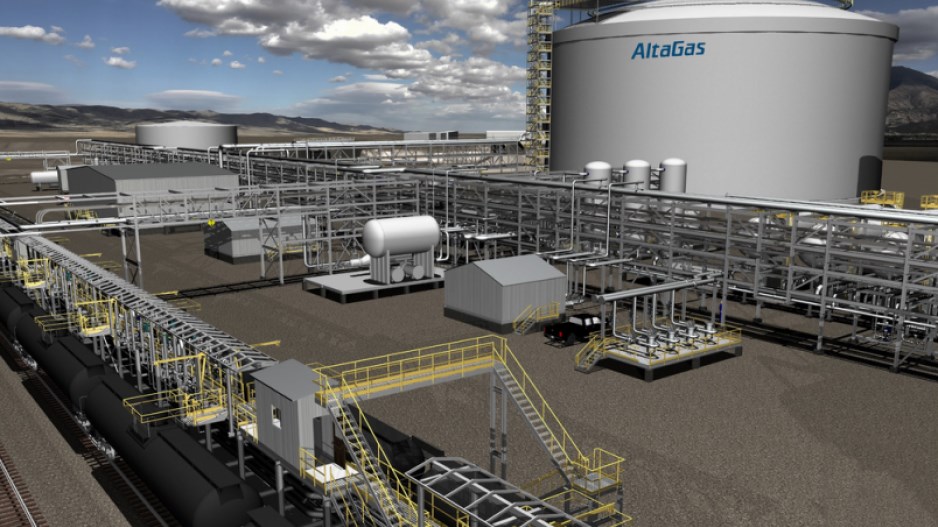Earlier this week, Pembina Pipeline Corp. (TSX:PPL) announced it has signed a letter of intent with the City of Prince Rupert through the city’s subsidiary, Prince Rupert Legacy Inc., to build a new liquid petroleum gas (propane) terminal.
The estimated capital cost of the project is $125 million to $175 million. The land is the site of a former pulp mill and is already zoned for industrial use.
“We are looking forward to a new beginning for our community as we work towards putting Watson Island back on the tax roll,” Prince Rupert Mayor Lee Brain said in a press release.
Pembina is also investing $235 million expanding its pipeline system in the natural gas liquids-rich Montney formation of northeastern B.C. The 145 kilometres of new pipeline system is being built as a “conduit” for natural gas liquids, the company states. Propane is one of the natural gas liquids produced in the Montney.
The Pembina propane terminal is the second that would be built in Prince Rupert. In January, AltaGas Ltd. (TSX:ALA) took a final investment decision on an even larger $500 million propane export terminal on Ridley Island, which is under the control of the Prince Rupert Port Authority.
AltaGas said it plans to start building the terminal sometime this year, with an in-service date of 2019. It would employ about 200 workers during construction and 50 on an ongoing basis.
Like Pembina, AltaGas is also investing in pipeline and processing infrastructure in northeastern B.C. It plans to spend $120 million to $140 million this year expanding its Townsend gas processing plant.
The propane produced in northeastern B.C. would be brought to Prince Rupert via rail and then shipped to markets in Asia.
Prince Rupert is also where Petronas plans to build an $11 billion LNG plant. The company originally planned to make a final investment decision in 2015 but has delayed that decision, and is now reviewing the project.
That review includes considering an alternative location to Flora Bank for an export terminal, due to concerns about the terminal’s impact on fish habitat.




